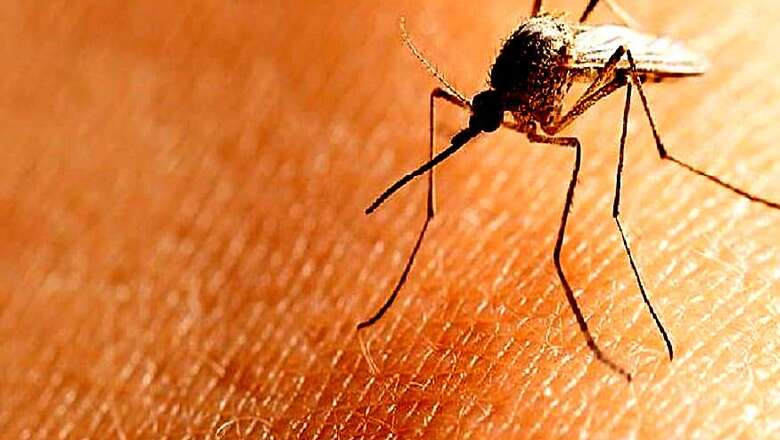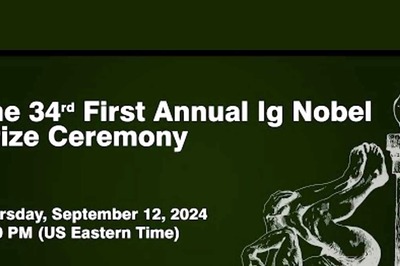
views
A new study from Duke-NUS Medical School (Duke-NUS), the Agency for Science, Technology and Research (A*STAR)’s Bioinformatics Institute (BII), and the University of Texas Medical Branch (UTMB) now finds that the dengue virus changes its surface from smooth to bumpy to evade vaccines that are given to combat the mosquito-borne disease.
The study further provides insights on strategies for treatment to use at different stages of the infection, which in turn may lead to new vaccine development and treatments for the mosquito-borne disease, dengue.
Notably, according to a report in Duke Today, the dengue virus (DENV) infects about 400 million people annually around the world. Furthermore, it has high prevalence in tropical and sub-tropical regions.
The virus, on its part, causes diseases ranging from mild dengue fever to severe dengue hemorrhagic fever and dengue shock syndrome.
According to researchers, the virus appears smooth and spherical, while growing in a mosquito at 29 degrees Celsius. On entering the human body at 37C, it changes to a bumpy surface, thus helping the virus to evade the immune system of the human host.
The changes that the virus undergoes come from mutations in the envelope protein on the outer shell of the virus particle.
Notably, researchers wanted to understand how the dengue virus changes from smooth to bumpy. Speaking about the same, Xin-Ni Lim, the study’s lead author, who is from Duke-NUS’ Emerging Infectious Diseases (EID) Programme said that together with Professor Pei-Yong Shi from UTMB, they found that in laboratory developed DENV2 strains, mutations in the virus’ envelope protein causes its transformation into bumpy particles.
He further went on to add that the structural changes can cause vaccines and therapeutics to be ineffective against the virus.
The team further testes four DENV2 strains obtained from patients and found that most of these strains maintained smooth surface structure at 37 degrees Celsius. However, they took on a bumpy surface at 40 degrees Celsius.
Peter Bond, Principal Investigator from A*STAR’s BII said that the study is a first step towards gaining more insight into how DENV2 reacts and adapts to the host’s immunological defenses. He further added that they were also able to use computational modeling to predict why particles from different DENV2 strains are more or less adept at morphing from the smooth to bumpy structures.
According to Bond, by better understanding the interactions between the virus and the host, they will able to develop better therapies and vaccines to treat or prevent infections.
According to the study findings, lab-adapted DENV2 may not be a good model for research, as its structure is different from the clinical strains isolated from patients.

















Comments
0 comment